In my last blog I shared about an analogy of reading that I heard taught at a dyslexia conference I attended this summer. I would like to share another story the presenter, Dr. Criselda Guajardo Alvarado, shared with us.
Dr. Alvarado was speaking to a parent of a student she had tested and she had determined that this student struggled with math and reasoning. Her diagnosis was dyscalculia. She was explaining to the student’s father about how her daughter had an inefficient area in her brain that made it difficult for her to solve math story problems.
The father, who was a neurosurgeon, was quite concerned. He asked, "Is all hope lost?" Dr. Alvarado said, "No." Dr. Alvarado told him that they would work his daughter in a systematic sequential approach and over time they would be able to rewire her brain. What she meant was that we will help the information to travel down the efficient pathways in her brain for her to have a greater understanding.
The neurosurgeon was amazed. He expressed to Dr. Alvarado that he is able to only remove parts of the brain, but teachers are able to rewire someone’s brain. He went on to say that doctors make the big bucks and teachers do not. Hmmm- something to think about! We do make quite a difference in our student’s lives!
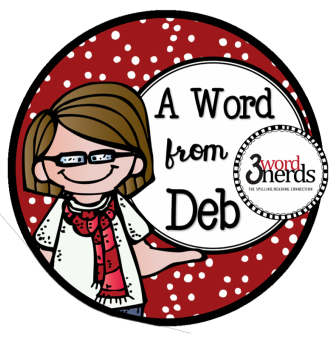
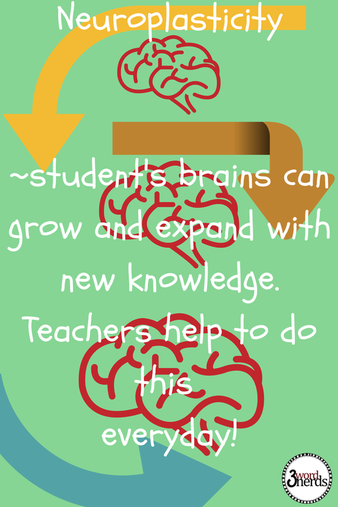


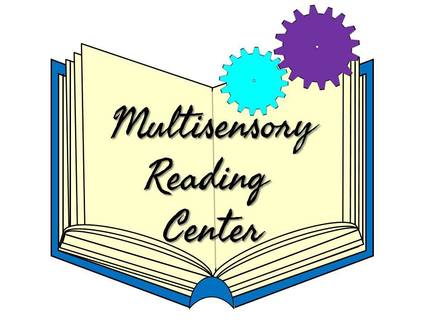
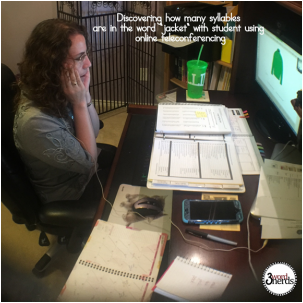
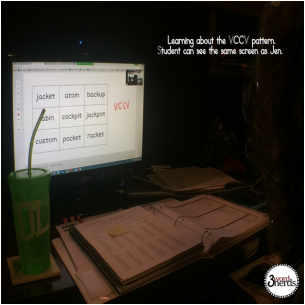
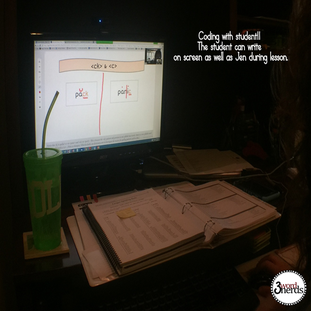
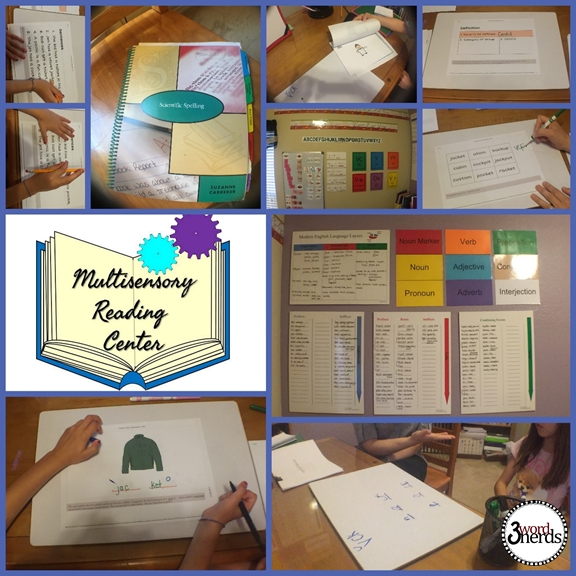
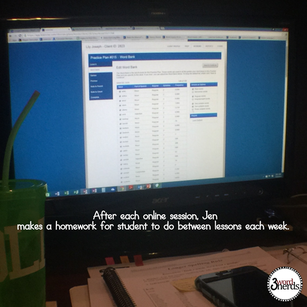
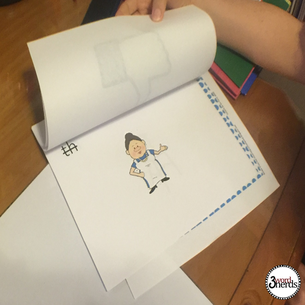
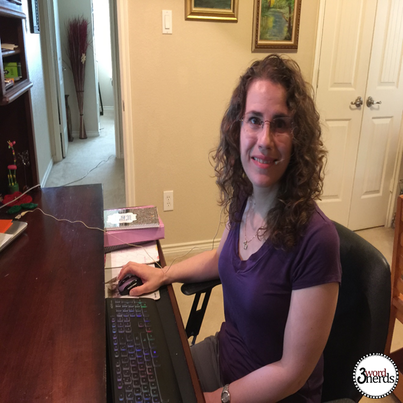
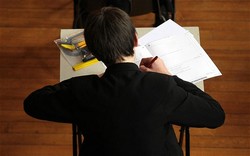
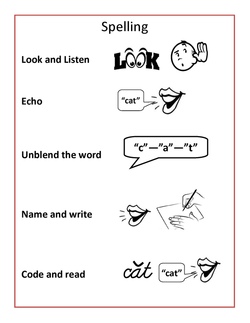
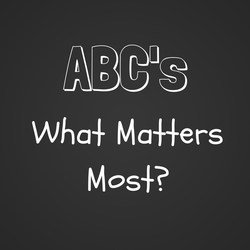
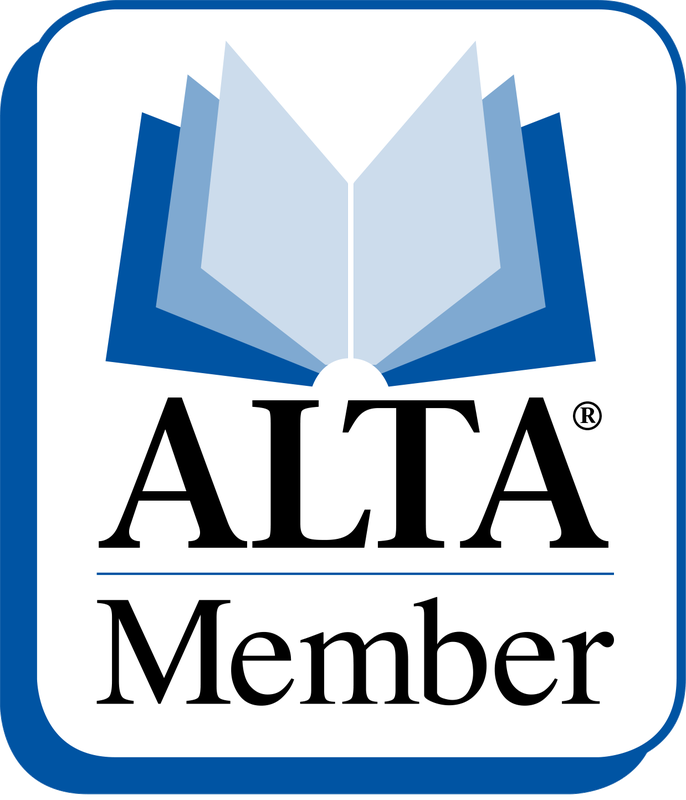
 RSS Feed
RSS Feed